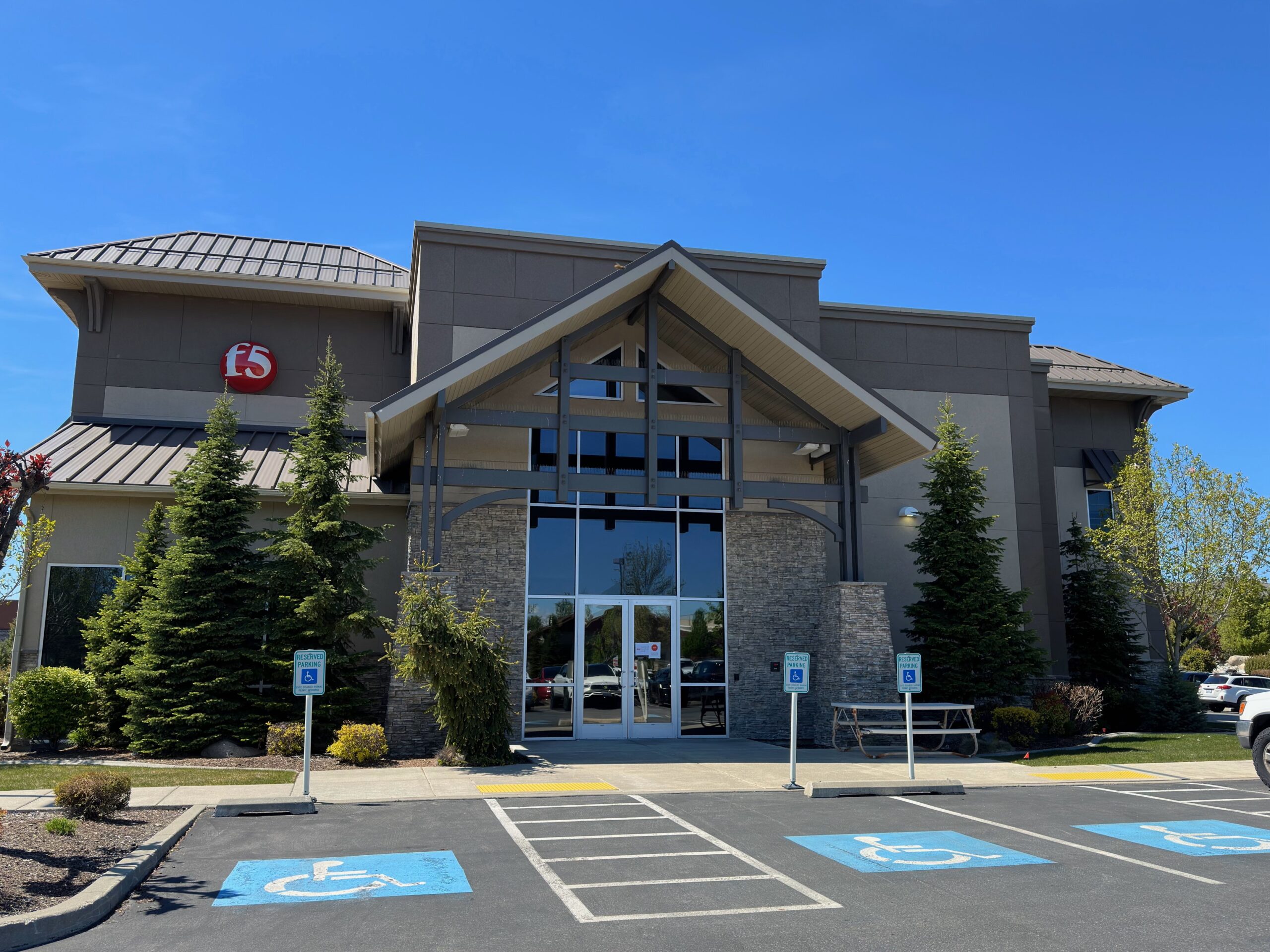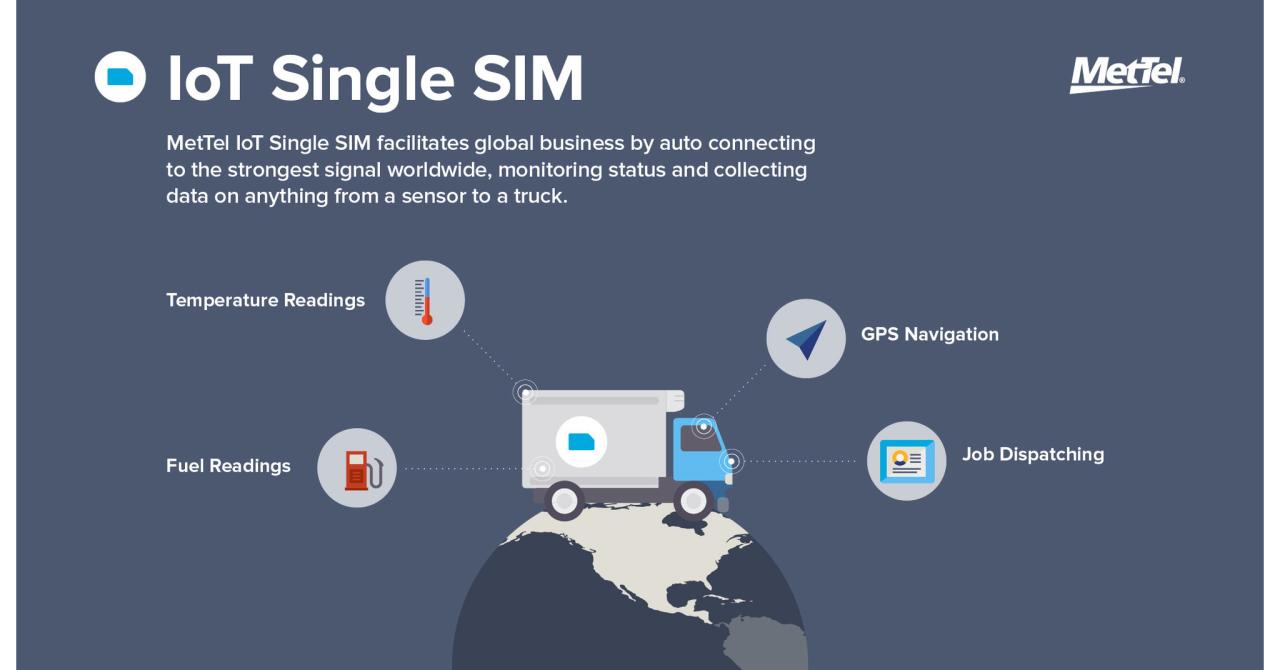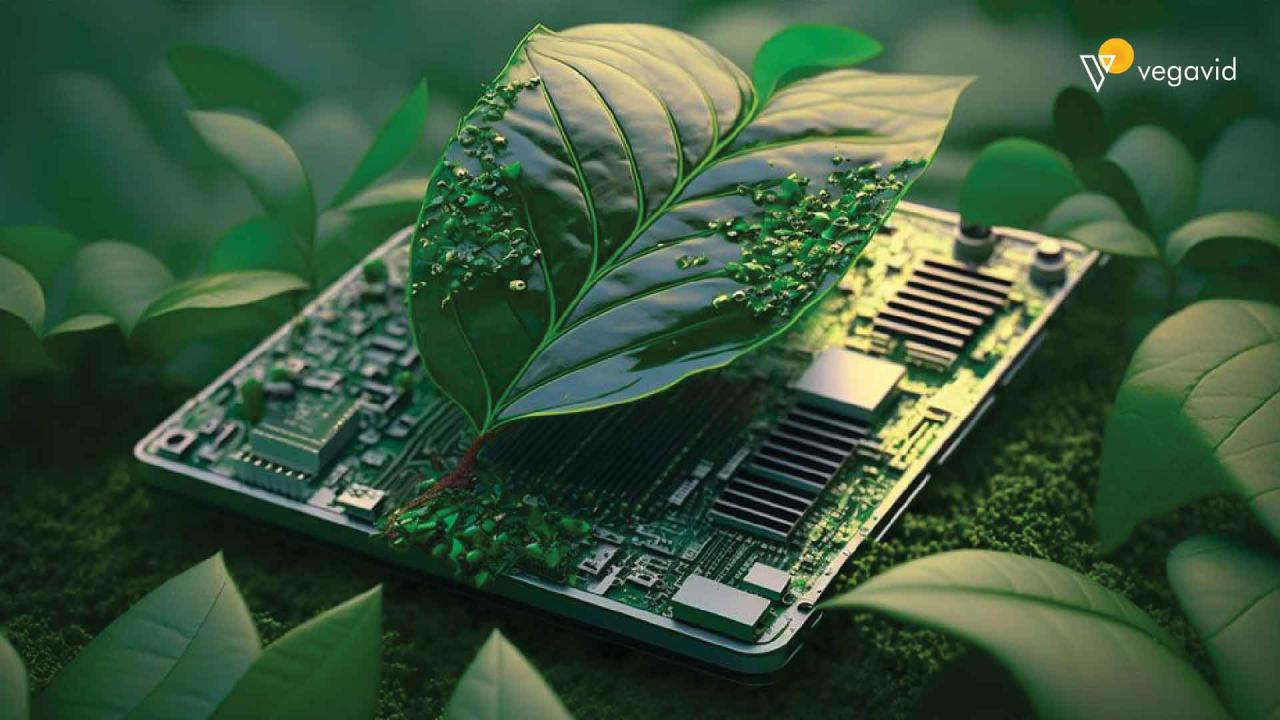Fiber Technologies: Revolutionizing Communication and Beyond
Fiber technologies, the backbone of modern communication, have transformed the way we connect, share information, and interact with the world. These technologies, relying on the transmission of light through thin […]

Fiber technologies, the backbone of modern communication, have transformed the way we connect, share information, and interact with the world. These technologies, relying on the transmission of light through thin strands of glass or plastic, offer unparalleled speed, reliability, and capacity compared to traditional copper cables.
From high-speed internet access and long-distance telecommunications to advanced medical imaging and industrial automation, fiber optic cables have revolutionized countless industries. The inherent advantages of fiber optic technology, including high bandwidth, low signal attenuation, and immunity to electromagnetic interference, have paved the way for a future where data flows freely and effortlessly.
Fiber Optic Cable Technology
Fiber optic cables have revolutionized communication and data transmission by harnessing the power of light to transmit information. They offer significant advantages over traditional copper cables, leading to their widespread adoption in various applications.
Principles of Light Transmission
Fiber optic cables utilize the principle of total internal reflection to transmit light signals over long distances. The cable consists of a thin glass or plastic core surrounded by a cladding layer with a lower refractive index. When light enters the core at a specific angle, it bounces off the cladding layer repeatedly, traveling along the cable without significant loss.
The critical angle for total internal reflection is determined by the refractive indices of the core and cladding materials.
Types of Fiber Optic Cables
Fiber optic cables are classified based on the core diameter and the type of light signal they transmit.
- Single-mode fibers have a very small core diameter (typically 8-10 microns) and transmit only one mode of light, resulting in low signal dispersion and high bandwidth. They are ideal for long-distance communication and high-speed data transmission.
- Multi-mode fibers have a larger core diameter (typically 50 or 62.5 microns) and can transmit multiple modes of light, leading to signal dispersion and lower bandwidth. They are suitable for shorter distances and applications with lower bandwidth requirements.
- Specialty fibers are designed for specific applications, such as sensing, imaging, or high-power laser transmission. They can have different core shapes, cladding materials, or dopants to optimize their performance for specific needs.
Advantages and Disadvantages of Fiber Optic Cables, Fiber technologies
Fiber optic cables offer several advantages over traditional copper cables:
- Higher Bandwidth: Fiber optic cables can transmit data at much higher speeds compared to copper cables, supporting faster internet connections, high-definition video streaming, and large data transfers.
- Lower Signal Attenuation: Light signals experience less attenuation over long distances compared to electrical signals in copper cables, enabling longer transmission distances without signal degradation.
- Electromagnetic Interference (EMI) Immunity: Fiber optic cables are immune to electromagnetic interference, making them ideal for environments with high levels of electrical noise.
- Security: Fiber optic cables are difficult to tap or intercept, providing a secure communication channel.
- Durability: Fiber optic cables are generally more durable and resistant to environmental factors like moisture, temperature changes, and corrosion.
However, fiber optic cables also have some disadvantages:
- Higher Installation Costs: Installing fiber optic cables can be more expensive than installing copper cables due to the specialized equipment and expertise required.
- Fragility: Fiber optic cables are more fragile than copper cables and can be easily damaged by bending or crushing.
- Difficult Termination: Terminating fiber optic cables requires specialized tools and techniques.
Real-World Applications
Fiber optic cables are widely used in various applications, including:
- Telecommunications: Fiber optic cables form the backbone of modern telecommunication networks, enabling high-speed internet access, long-distance phone calls, and data transmission.
- Data Centers: Fiber optic cables are used to connect servers, storage devices, and other network components in data centers, providing high-speed data transfer and low latency.
- Cable Television: Fiber optic cables are used to deliver high-definition television signals to homes, offering a wider range of channels and better picture quality.
- Medical Imaging: Fiber optic cables are used in medical imaging devices, such as endoscopes and microscopes, to transmit light and images.
- Industrial Automation: Fiber optic cables are used in industrial automation systems to transmit data and control signals, providing reliable and secure communication.
Fiber Optic Network Infrastructure

Fiber optic network infrastructure is the backbone of modern communication systems, enabling high-speed data transmission and reliable connectivity over long distances. This infrastructure comprises various components that work together to facilitate seamless data flow.
Components of a Fiber Optic Network
A fiber optic network comprises several key components, each playing a crucial role in transmitting and managing data signals.
- Transceivers: Transceivers are essential devices that convert electrical signals into optical signals and vice versa. They are responsible for transmitting and receiving data over fiber optic cables. Different types of transceivers exist, each with specific functionalities and capabilities. For instance, SFP (Small Form-factor Pluggable) transceivers are commonly used in data centers and enterprise networks, while XFP (10 Gigabit Small Form-factor Pluggable) transceivers are suitable for high-speed applications.
- Switches: Switches are networking devices that connect different network segments and forward data packets based on their destination addresses. They act as central hubs within a network, enabling communication between various devices. Fiber optic switches, specifically designed for fiber optic cables, provide high bandwidth and low latency, ensuring efficient data transmission.
- Routers: Routers are responsible for directing data packets across different networks. They operate at the network layer of the OSI model, using IP addresses to determine the optimal path for data transmission. Routers play a crucial role in connecting different networks, such as LANs (Local Area Networks) and WANs (Wide Area Networks), facilitating communication between geographically dispersed locations.
- Fiber Optic Connectors: Fiber optic connectors are specialized connectors that establish physical connections between fiber optic cables and other devices, such as transceivers, switches, and routers. These connectors ensure a secure and reliable connection, minimizing signal loss and ensuring optimal data transmission.
Network Topologies
The arrangement of network components in a fiber optic network is referred to as its topology. Different topologies offer distinct advantages and disadvantages, depending on the specific network requirements.
- Star Topology: In a star topology, all devices connect to a central hub, typically a switch. This topology offers simplicity and ease of management, as each device has a dedicated connection to the hub. However, a failure in the central hub can disrupt the entire network.
- Ring Topology: In a ring topology, devices are connected in a closed loop, with data flowing in one direction. This topology provides redundancy, as data can travel in both directions, and a failure in one link does not disrupt the entire network. However, ring topologies can be more complex to manage and troubleshoot.
- Mesh Topology: In a mesh topology, devices are interconnected with multiple connections, creating a robust and redundant network. This topology offers high fault tolerance, as data can travel through multiple paths, but it can be expensive to implement due to the extensive cabling required.
Challenges and Considerations
Designing and implementing a fiber optic network involves several challenges and considerations.
- Fiber Optic Cable Installation: Installing fiber optic cables requires specialized expertise and equipment, as these cables are delicate and require careful handling. The installation process involves routing cables through conduits, trenches, or aerial pathways, ensuring proper termination and connection.
- Signal Attenuation: Fiber optic cables are susceptible to signal attenuation, which can affect data transmission over long distances. To mitigate attenuation, signal boosters or amplifiers may be required, adding complexity and cost to the network.
- Network Management: Managing a fiber optic network requires specialized tools and expertise to monitor network performance, troubleshoot issues, and ensure optimal data flow. Network management software and tools can help automate these tasks, but they require investment and ongoing maintenance.
- Security: Ensuring the security of a fiber optic network is crucial, as it carries sensitive data. Measures like encryption, access control, and intrusion detection systems are essential to protect against unauthorized access and data breaches.
Comparison of Fiber Optic Network Technologies
Fiber optic networks support various technologies, each with distinct features and characteristics.
| Technology | Key Features | Characteristics |
|---|---|---|
| SONET/SDH | High bandwidth, low latency, synchronous transmission, robust error correction | Widely used in telecommunications networks, provides reliable and predictable data transmission |
| Ethernet | Versatile, widely adopted, supports various speeds and protocols, cost-effective | Suitable for data centers, enterprise networks, and home networking, offers flexibility and scalability |
| DWDM | Dense Wavelength-Division Multiplexing, multiplexes multiple optical signals on a single fiber, high capacity | Ideal for long-haul networks, enables efficient utilization of fiber optic cables, supports high data rates |
Fiber Optic Applications in Other Industries

Fiber optic technology, initially developed for telecommunications, has found its way into various industries beyond communication, revolutionizing operations and processes. Its high bandwidth, speed, and immunity to electromagnetic interference make it a valuable asset in sectors like healthcare, manufacturing, and transportation.
Fiber Optic Applications in Healthcare
Fiber optics plays a crucial role in healthcare, enabling advanced medical imaging, minimally invasive surgeries, and improved patient monitoring.
- Medical Imaging: Fiber optic cables transmit light signals from various sources, like lasers, to create detailed images of internal organs and tissues. Endoscopes, for instance, utilize fiber optic bundles to deliver light and capture images from hard-to-reach areas within the body, aiding in diagnosis and treatment.
- Minimally Invasive Surgery: Fiber optic technology is integral to laparoscopic and robotic surgeries. It allows surgeons to view the surgical field through a tiny camera attached to a flexible fiber optic cable, enabling minimally invasive procedures with reduced recovery times and scarring.
- Patient Monitoring: Fiber optic sensors are used in patient monitoring systems to track vital signs like heart rate, blood pressure, and oxygen saturation. These sensors are highly accurate and resistant to electromagnetic interference, ensuring reliable and precise data for medical professionals.
Fiber Optic Applications in Manufacturing
Fiber optic technology enhances manufacturing processes by enabling high-speed data transmission, precise control of machinery, and real-time monitoring of production lines.
- Industrial Automation: Fiber optic cables facilitate the communication between machines and control systems, enabling efficient and automated production processes. They provide reliable data transfer for real-time monitoring and control of robots, conveyors, and other industrial equipment.
- Process Control: Fiber optic sensors are employed in various industrial processes to monitor temperature, pressure, flow, and other critical parameters. They offer high accuracy and resistance to harsh environments, ensuring optimal process control and quality assurance.
- Data Acquisition: Fiber optic networks enable the collection and transmission of large volumes of data from various sensors and instruments within a manufacturing facility. This data can be analyzed to optimize production processes, improve efficiency, and identify potential issues.
Fiber Optic Applications in Transportation
Fiber optic technology is transforming the transportation industry by enabling advanced vehicle safety systems, intelligent traffic management, and efficient communication networks.
- Vehicle Safety Systems: Fiber optic cables are used in advanced driver-assistance systems (ADAS) and autonomous vehicle technologies. They transmit data from sensors like cameras, radar, and lidar, providing real-time information for collision avoidance, lane departure warnings, and adaptive cruise control.
- Traffic Management: Fiber optic networks connect traffic cameras, sensors, and control systems, enabling real-time monitoring and management of traffic flow. This technology helps optimize traffic signal timing, reduce congestion, and improve road safety.
- Communication Networks: Fiber optic cables provide high-speed data connectivity for communication systems in vehicles, trains, and aircraft. They enable passengers to access internet services, entertainment, and other information during their journeys.
Benefits of Fiber Optic Technology in Various Industries
- High Bandwidth and Speed: Fiber optic cables offer significantly higher bandwidth and data transfer speeds compared to traditional copper cables, enabling faster communication and data processing.
- Immunity to Electromagnetic Interference: Fiber optic cables are not susceptible to electromagnetic interference, ensuring reliable data transmission even in harsh environments with high levels of electrical noise.
- Durability and Reliability: Fiber optic cables are highly durable and resistant to corrosion, moisture, and extreme temperatures, making them suitable for various industrial applications.
- Security: Fiber optic cables are inherently secure due to their light-based transmission, making them less vulnerable to eavesdropping and data theft.
Challenges of Implementing Fiber Optic Technology
- Installation Costs: Installing fiber optic cables can be more expensive than traditional copper cables, particularly for long distances.
- Technical Expertise: Implementing fiber optic technology requires specialized skills and knowledge, which may be a challenge for some industries.
- Compatibility: Ensuring compatibility with existing systems and infrastructure can be a challenge when integrating fiber optic technology.
Summary of Fiber Optic Applications in Various Industries
| Industry | Key Applications |
|---|---|
| Healthcare | Medical imaging, minimally invasive surgery, patient monitoring |
| Manufacturing | Industrial automation, process control, data acquisition |
| Transportation | Vehicle safety systems, traffic management, communication networks |
Wrap-Up: Fiber Technologies

As we delve deeper into the digital age, fiber technologies continue to evolve, pushing the boundaries of communication and innovation. The development of new fiber types, advanced network management tools, and emerging applications like quantum communication and space exploration promise to further enhance the capabilities of this transformative technology. Fiber technologies are not merely a means of connecting; they are the foundation upon which the future of communication, data transfer, and countless industries will be built.
Fiber technologies have revolutionized communication and data transfer, enabling lightning-fast speeds. The advancements in this field are evident in modern vehicles, such as the VW Atlas technology package , which boasts cutting-edge connectivity features. Fiber optics play a crucial role in facilitating seamless data exchange between various components, enhancing the overall driving experience.








